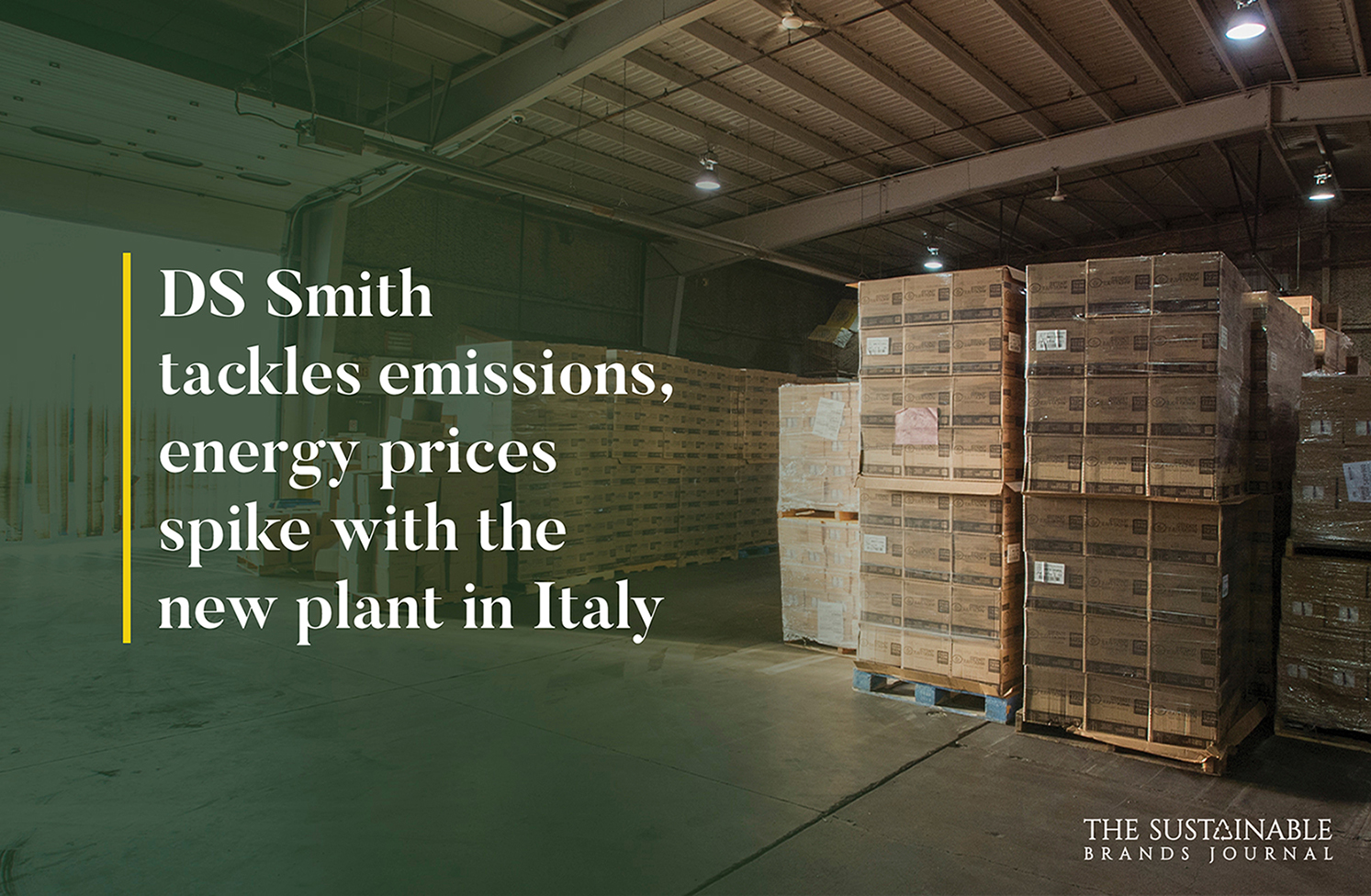
Rich countries and India should cut a climate pact
Rich countries and India should cut a climate pact
One of the nicest things that could happen for India’s people and the environment is to aid in its green growth.
The most populated nation on earth produces only 7% of all greenhouse gas emissions, but its emissions are increasing quickly while those of wealthy nations have virtually peaked. Everyone will have a greater chance of escaping climatic hell if India stays away from the unclean path to prosperity that other countries, including China, have chosen.
India would also benefit greatly. According to Navroz Dubash of the Centre for Policy Research, an Indian think tank, increasing investment in low-carbon development might lead to the creation of excellent jobs, a reduction in air pollution, and an improvement in energy security, Also, it would put the oil importer in an excellent position when the world economy shifts in favour of environmentally friendly products and services.
This would be a really difficult task. The government of Prime Minister Narendra Modi has pledged to decarbonize the economy by 2070. Several experts believe India needs to move even more quickly. For instance, the consulting firm McKinsey suggests spending $11 trillion to fund a “accelerated scenario” that would see the majority of the work done by 2050.
For the essential electricity storage, green hydrogen, and other clean technologies, as well as to increase renewable energy, India will need to entice the lion’s share of funding from private sources. It will require measures that encourage green investment to do this, including stepping up its plans for carbon pricing.
Wealthy nations can also contribute, even when their resources are tight. They are able to offer guarantees, which lowers the cost of financing for individual investors. They can also persuade the World Bank to increase its climate investment, a notion that India is championing and that is set to be discussed extensively during this week’s spring meetings of the World Bank and International Monetary Fund.
KNOTTY ISSUES
After agreements reached with Indonesia, Vietnam, and South Africa, the wealthy industrialised nations of the Group of Seven (G7) have made an effort to pique India’s interest in a Just Energy Transition Partnership (JETP). They committed funds, in part to support the early retirement of coal power facilities.
That according Vaibhav Chaturvedi of the Indian climate think tank CEEW, the Modi government would prefer to participate through the Group of 20 (G20) large countries, which it is chairing this year. Instead of focussing on phasing out coal, it would like to propose a broad framework for how to encourage green development for emerging markets.
The sole fossil fuel that Modi’s administration mines in significant quantities and which accounted for 73% of energy production during the most recent fiscal year is the “black stuff,” yet the government is reluctant to single it out. India is concerned that the use of solar and wind power could render its electrical grid unreliable.
HOLISTIC PLAN
Even if a deal is made under the auspices of the G20, support in the form of funding, technology, and trade possibilities will still come from the G7 and additional parties, such as the Gulf states. A large-scale agreement would be feasible if the G7 doesn’t single out coal and takes a broader picture of the trajectory of India’s greenhouse gas emissions.
The G7 and other rich nations could then raise funds while concentrate on the major bottlenecks, allowing India to be substantially more ambitious in its transition plan.
There is also a chance to revive India’s bankrupt electricity distribution firms, which are largely controlled by the nation’s states and are a significant roadblock to the country’s energy revolution. Because governments want them to subsidise power to farmers and retail users, these “discoms” don’t pay their bills to power generators on time. In 2019–2020, they together lost more than 2.3 trillion rupees ($28 billion), or 1.2% of GDP, before subsidies and other forms of support.
This is a complex political issue. But wealthy nations might contribute to its funding if the central government finds a solution. Investors would then cease worrying about whether or not the discoms would pay them, and more funding would flow to the areas where India needs it to reduce its emissions faster
Additionally, green growth would assist exporters from India like JSW Steel(JSTL.NS) avoid the carbon penalties that the European Union and possibly Britain intend to impose on unclean imports. For a nation with aspirations to compete with China in the global supply chain and become a manufacturing centre, this offers yet another reason to strike a deal.
The United States would need to tone down the protectionism in its Inflation Reduction Act, which provides subsidies for clean technology developed in the country, for much of this to work. India has criticised the law for syphoning off green investment from the rest of the world, along with European nations and Canada, and has urged America to “find a way out for its trusted friends.”
A climate agreement between developed countries and India faces multiple difficulties. But because the reward is so huge, both sides should fight tooth and nail to win.

Prachi, an accomplished Chief-Editor at The Sustainable Brands Journal, has 15+ years of experience in Europe, the Middle East, and India, managing 90+ global sustainable brands. She’s a prolific writer in sustainability, contributing to various publications. Prachi’s unwavering passion and expertise make her a recognized authority, driving positive change and inspiring a sustainable future.





